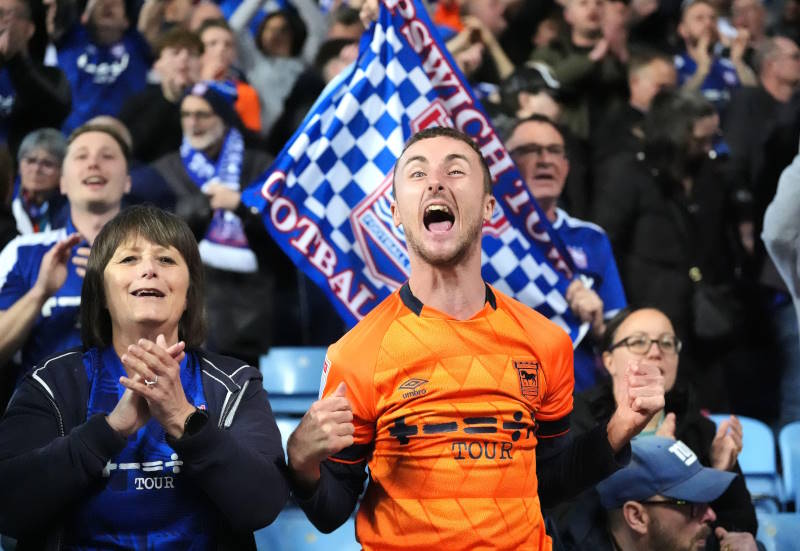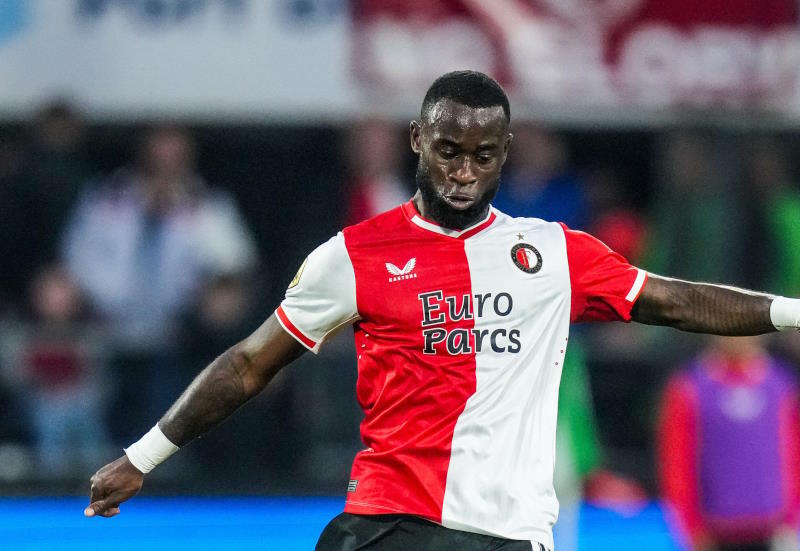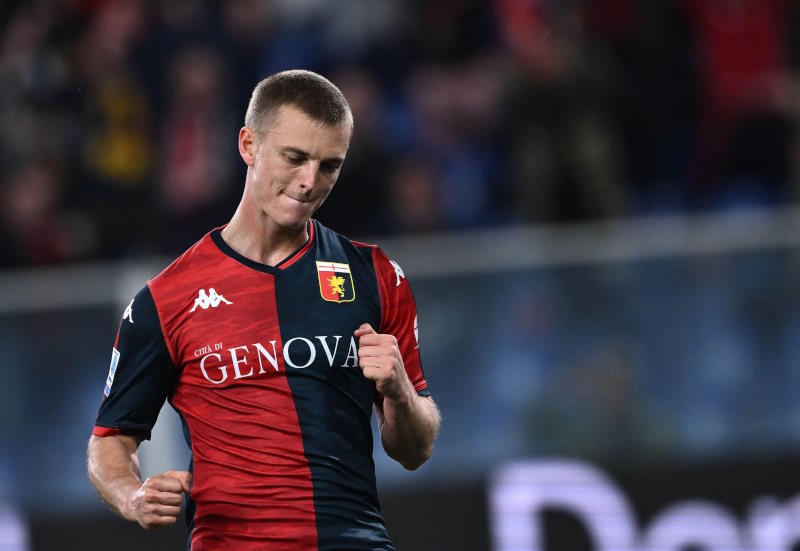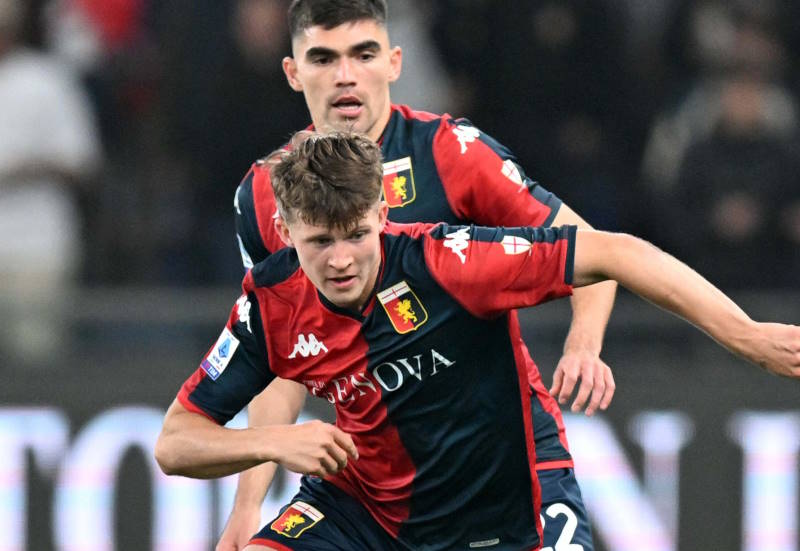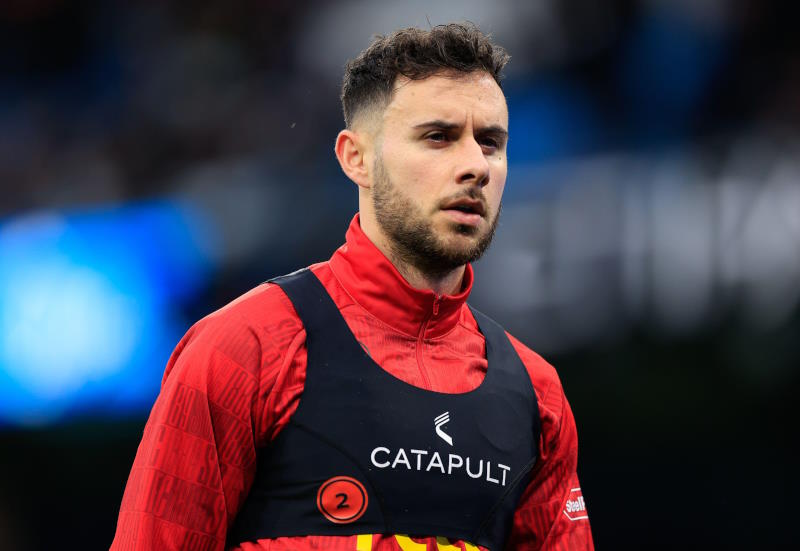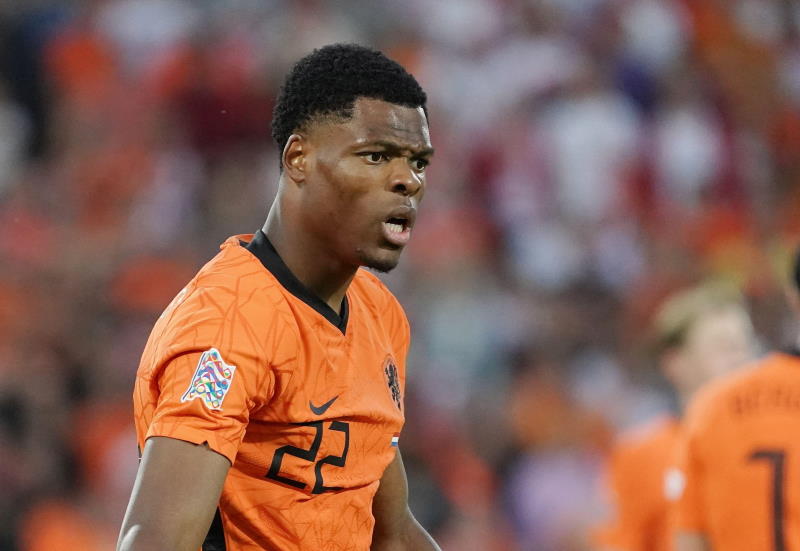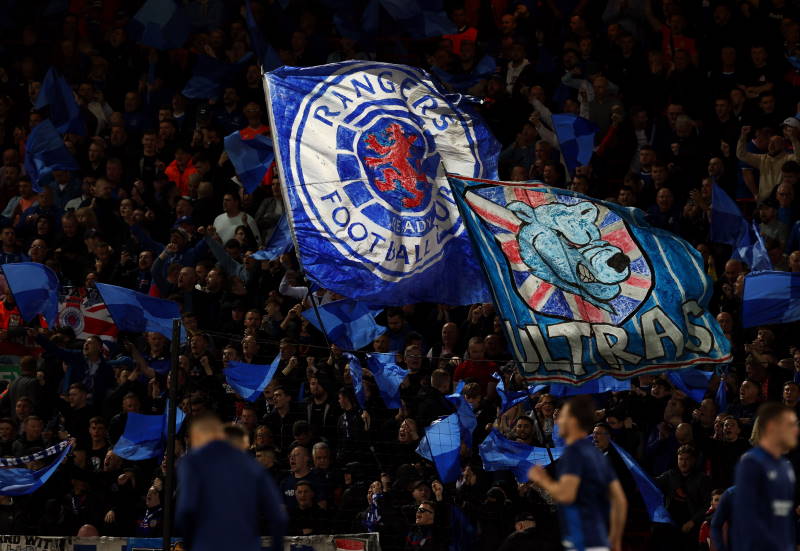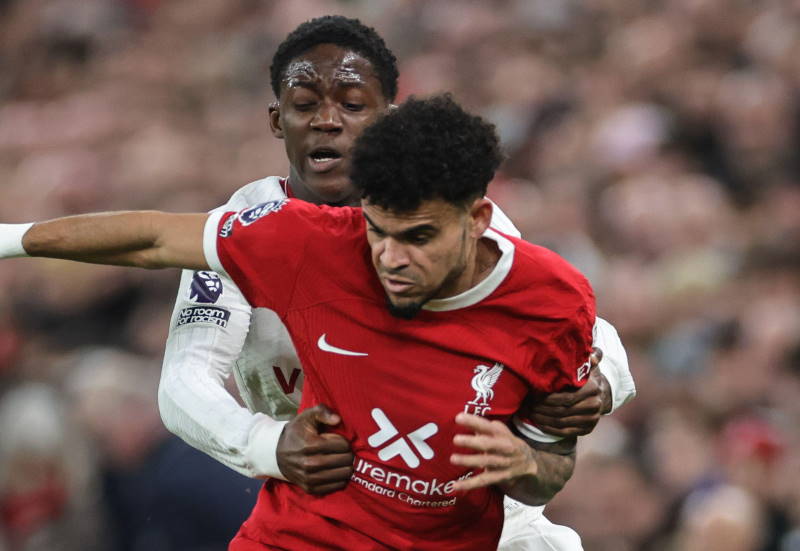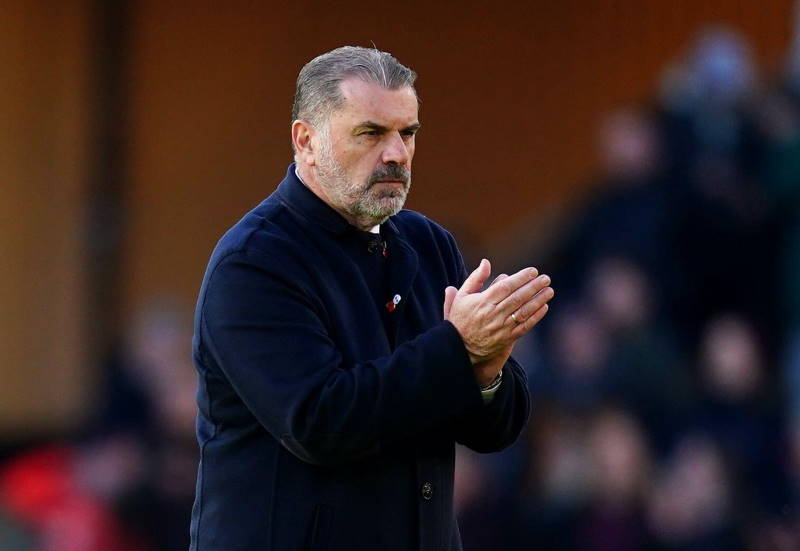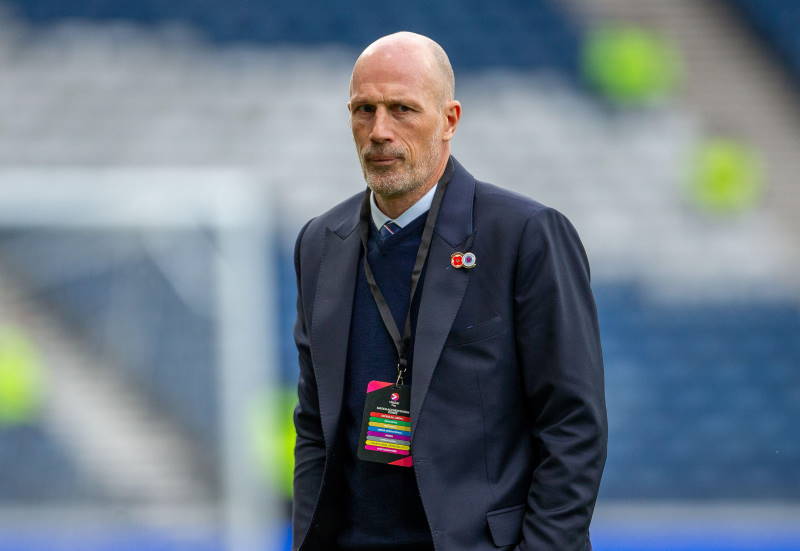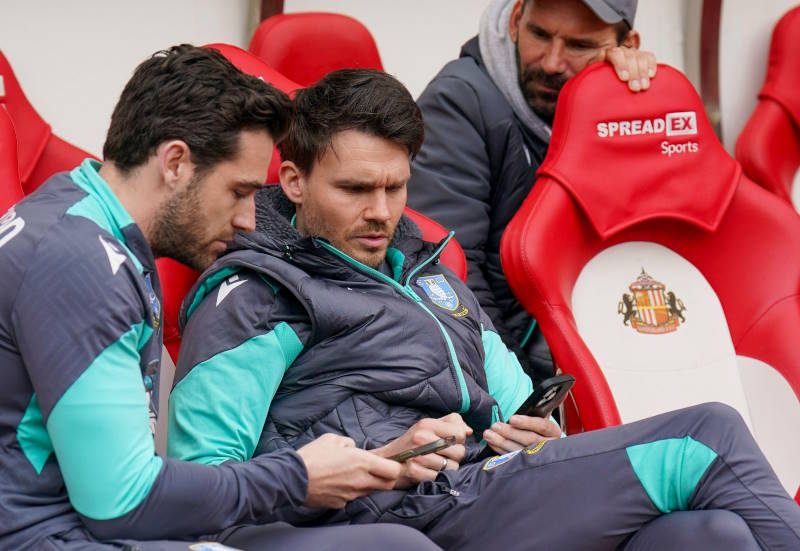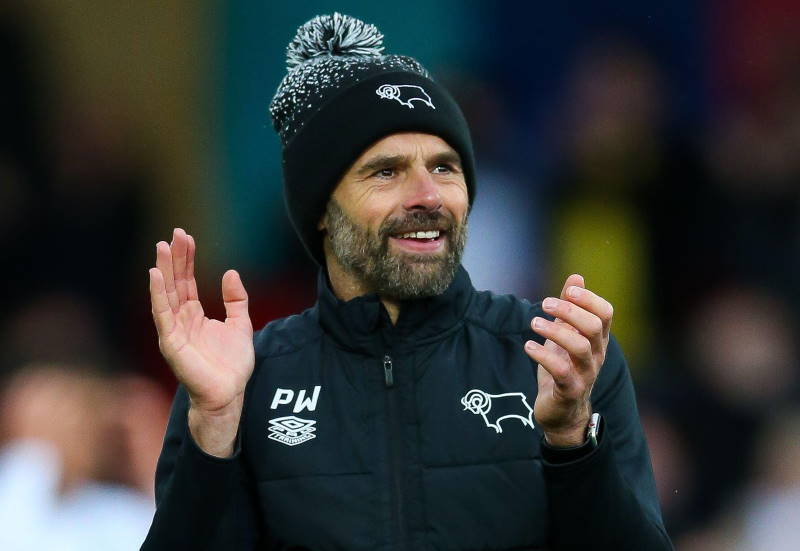
According to Dirk Kuyt, it is Liverpool’s form against the best teams in the Premier League this season which has been their most impressive feat.
"The way we have played against the top sides has been fantastic – we beat Arsenal and Chelsea away and I think we deserved more against (Manchester) United and (Manchester) City,” explained the Dutchman.
So much is true. Superb victories against Arsenal and Chelsea in London have been the source of most of the encouragement at Liverpool, but at the other end of the scale, the Merseyside giants have managed to draw at home to struggling Sunderland, and newly promoted Norwich and Swansea.
The explanation for this seemingly contradictory pattern is rooted in the club’s tactics and set-up. Kenny Dalglish, since taking over from Roy Hodgson at the start of 2011, has proven himself adept tactically against the top sides. The Liverpool legend has shown flexibility as well as this tactical flair in his side’s best victories so far, but then against some of the smaller teams, Dalglish has been found wanting and lacking in the search for a formula to overcome stubborn defences.
Perhaps surprisingly for such a great striker, Dalglish has a canny understanding of the defensive side of the game and left back Jose Enrique, snapped up from Newcastle in the summer, has proven an inspired signing this season. Against Manchester City, the Spaniard showed once more his intelligence and positioning, dropping back when Glen Johnson is on one of his frequent forward runs. Johnson has always been susceptible to being caught out of position, and Enrique’s positioning when the England international bounds forward enables the right sided defender, Martin Skrtel, to move over to the right to cover him, whilst leaving two central defenders so as not to leave the team too exposed. The one drawback of this is that it can make Liverpool vulnerable to runs from out wide.
Dalglish has also proven adept at denying space to opposing teams. Last season away to Chelsea, a three-man central defence was cannily adopted to congest the middle of the pitch, with Fernando Torres and Didier Drogba playing in a two-man attack. This freed up the full backs to get forward and counter, and Liverpool won 1-0. Against Chelsea this season, Liverpool looked to press them high up the pitch, and when they had the ball, used fast passing movements, the pace of Craig Bellamy and Dirk Kuyt’s nous to expose their opponent’s shaky defensive line.
Quick, short triangle passing movements such as that which led to the opening goal against Chelsea have been a feature of Liverpool’s play this year. Midfielders Jordan Henderson and Charlie Adam in particular have proven highly efficient at working these movements in order to find space. It means that when Liverpool win the ball off their opponents, they can quickly pass their way into space.
Against Arsenal at the start of the season this worked a treat. It was 0-0 until Arsenal had a man sent off, and thereafter, Liverpool had the extra space to take advantage, and efficient and quick passing ensured they left North London with three points, subduing their opponents late on. It is hard to pinpoint a formation with Dalglish; when much maligned striker Andy Carroll plays, the Reds have a clear front two, as they do sometimes with Craig Bellamy too. But most of the time, there is a five-man midfield in which four get forward, with Adam and Henderson the creative hub of the team, supplying the strikers.
The one game Liverpool’s tactics came horribly unstuck in was against Tottenham Hotspur in September; here the Reds came up against a team who played Scott Parker, Luka Modric and Niko Kranjcar in midfield. It was a case of individuals rather than systems winning the day. The trio are both proficient passers and, in Parker’s case particularly, willing runners who will give their opponents no space. Adam had no time or space, and was frustrated enough to get himself sent off. On the left, Gareth Bale’s skill and pace was too much for Martin Skrtel, playing at right back in this game and it was simply a case of the Liverpool’s players being badly matched to their opponents, who had the energy and technical skill to stifle the visitors’ tactical system.
Liverpool’s main problem though comes going forward against teams who are not inclined to press and attack with too much adventure. This was the case to some extent against Manchester United earlier this season; the champions were more defensive than they would usually be in order to avoid losing at Anfield for a fourth successive year. Manchester United opted for five men in midfield that day, something Sir Alex Ferguson has not done often in recent months, and there was little space for anyone to create; unsurprisingly in that game, both goals came from set pieces.
And this problem is certainly the case against teams like Norwich and Swansea, who may not be defensive in nature, but certainly felt no need to go all out in search of three points at Anfield – and why would they?
But why would Liverpool find it particularly difficult to break these teams down? It would seem a combination of two things were in play; one is that both Norwich and Swansea try to get the ball down and get men forward. Norwich in fact switched to a two-man attack to counteract early dominance from Liverpool, which worked, whilst Swansea proved particularly good in possession. And so it was not a case of a small team sitting back; these sides look to keep the ball and make it hard to win back, let alone create chances. But when Liverpool had the ball, the Reds still could not break through enough.
It is true that Liverpool’s finishing has been poor this season; Luis Suarez missed 11 chances against Norwich, while it is hard to think of a game in which the Reds have not spurned a number of goalscoring opportunities. Liverpool, along with Manchester United, have, at the time of writing, had the joint least shots of all the top seven teams in the Premier League. But Ferguson’s men have scored almost twice as many goals (30-17).
More crucially perhaps, Dalglish’s side have a lack of width. Since tricky winger Steve McManaman left for Real Madrid in the 1990s, Liverpool have lacked a player out wide who can truly be considered to have solved this problem, something Stewart Downing is now seeking to do, but even he has been used on the right at times by Dalglish, which restricts his ability to stretch the play.
Without such width, opponents have an easier time keeping chances at a premium, as it means their defence can play a narrow game, perhaps explaining the lack of shots Liverpool have had. It is no coincidence that Liverpool have struggled to create width for the best part of a decade, and a glance back through the history books would reveal the Merseyside giants have failed to beat many smaller, often newly promoted sides at Anfield in the 21st century. Contrastingly, it is notable that against Manchester City, Liverpool created a number of chances, playing as they were against a team who were not set up to defend.
There are signs of progress though. Under Dalglish, Liverpool’s tactics are simply better suited to playing the top teams; against both Arsenal and Chelsea this season, Liverpool played an excellent pressing game which looks to stifle their opposition’s passing game. It is a clever and flexible system, and works particularly well against attacking teams, as the Reds have the pace and passing ability to get forward quickly on the break.
It is not fair to call Liverpool’s system reactive however. It is actually quite proactive, looking to press from the front and deny the opposition space in midfield. As a result, Liverpool can play both a fast paced attacking game and a counter attacking one. Their biggest tactical challenge now is learning how to stretch teams at home who are not desperate to score themselves.

